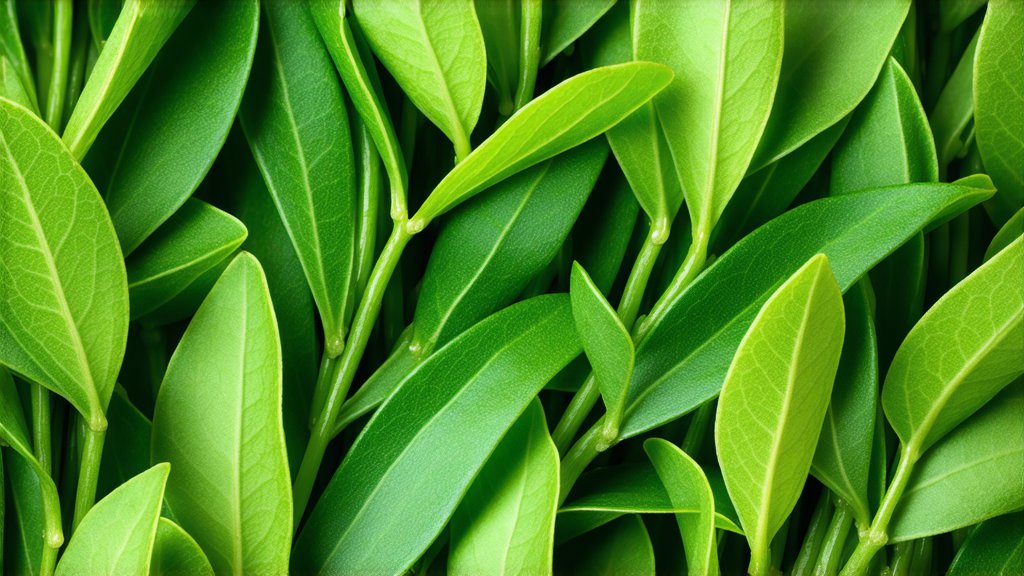
Longjing, also known as West Lake Dragon Well, is one of China's most revered and iconic green teas. Originating from the picturesque West Lake region in Hangzhou, Zhejiang Province, this tea has been celebrated for its unique flavor, aroma, and appearance for centuries. As a tea culture expert and master tea artist, I am excited to delve into the rich history, varieties, production process, and tasting techniques of Longjing, providing international readers with a comprehensive understanding of this exquisite beverage.
History
The history of Longjing tea can be traced back over 1,200 years to the Tang Dynasty (618-907 AD). However, it gained significant prominence during the Qing Dynasty (1644-1912), when Emperor Kangxi named the area surrounding West Lake as the official source for imperial Longjing tea. The emperor himself was a great admirer of this tea, often enjoying it during his leisure time. Since then, Longjing has remained a symbol of Chinese tea culture and continues to be highly sought after by tea enthusiasts worldwide.
Varieties
While Longjing is typically associated with a single variety, there are subtle differences within this category that discerning tea drinkers appreciate. The primary distinction lies in the grade of the tea, which is determined by factors such as the picking season, the part of the tea plant harvested, and the overall quality of the leaves. The highest grade, known as "Pre-Qingming" or "Mingqian," refers to tea leaves plucked before the Qingming Festival (Tomb-Sweeping Day) on April 4th or 5th. These early-harvested leaves are considered the freshest and most tender, resulting in a more refined flavor profile. Other notable grades include "Yulu" (Rain Before Qingming) and "Lilü" (After Rain), each offering distinct characteristics influenced by the time of harvest and environmental conditions.
Production Process
The meticulous production process of Longjing tea plays a crucial role in shaping its distinctive qualities. It begins with careful handpicking of the youngest tea shoots and leaves, typically consisting of one bud and two leaves. This selective harvesting ensures that only the finest parts of the plant are used, contributing to the tea's exceptional taste and aroma.
Once harvested, the leaves undergo a series of intricate steps to preserve their natural essence and transform them into the finished product. The first step involves withering, where the freshly picked leaves are spread out in a well-ventilated area to reduce moisture content gradually. This process helps soften the leaves and prepares them for subsequent stages.
Next comes the crucial step of fixation, also known as pan-firing. Unlike other green teas that may be steamed or baked, Longjing is traditionally heated in a wok over high heat. This method not only halts oxidation but also imparts a distinct roasty flavor to the tea. Master tea artisans skillfully manipulate the leaves in the wok, ensuring even heating and preventing burning. This step requires years of practice and expertise to achieve the perfect balance of texture and taste.
Following fixation, the leaves are rolled and shaped by hand to create their characteristic flat and slender appearance. This shaping process further enhances the tea's visual appeal and contributes to its unique mouthfeel. Finally, the tea is dried to remove any remaining moisture, ensuring its longevity and stability during storage.
Tasting Techniques
Appreciating Longjing tea goes beyond simply drinking it; it involves engaging all the senses to fully experience its nuances. Here are some essential techniques for savoring this extraordinary green tea:
-
Visual Appreciation: Observe the dry leaves before brewing, noting their bright green color and slender shape. After steeping, examine the wet leaves, which should appear vibrant and glossy.
-
Aroma Evaluation: Bring the dry leaves close to your nose and take a gentle sniff to detect the fresh, vegetal scent typical of high-quality Longjing. As you brew the tea, pay attention to the evolving aroma, which may include hints of floral notes and a subtle roasted undertone.
-
Taste Analysis: Take a small sip of the brewed tea, allowing it to coat your palate evenly. Notice the initial sweetness followed by a mild bitterness that quickly dissipates, leaving a pleasant aftertaste. The complexity and depth of flavors vary depending on the grade and origin of the tea.
-
Texture Assessment: Feel the texture of the tea as it slides across your tongue. High-quality Longjing should have a smooth and silky mouthfeel without any astringency or roughness.
-
Multiple Infusions: To fully explore the range of flavors and aromas, conduct multiple infusions using the same leaves. Each subsequent brew will reveal different characteristics, allowing you to appreciate the versatility and longevity of Longjing tea.
In conclusion, Longjing tea stands as a testament to China's rich tea heritage and the artistry involved in its production. From its storied history to its meticulous cultivation and processing methods, this green tea offers a sensory journey that captivates both novice and seasoned tea drinkers alike. By following the recommended tasting techniques, one can truly appreciate the elegance and sophistication embodied in every cup of Longjing tea.